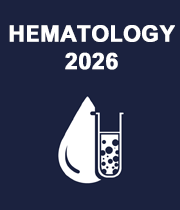Bone Marrow Transplantation/Hematopoietic Cell Transplantation
Patients with certain malignancies or other disorders may benefit from a bone marrow transplant (BMT). A bone marrow transplant involves extracting cells from the donor's bone marrow (stem cells), screening them, and returning them to the donor (patient) or another person. After a person's own unhealthy bone marrow has been treated to eliminate the aberrant cells, BMT is used to transfuse healthy bone marrow cells into him or her. Since 1968, bone marrow transplantation has been used to treat diseases such leukemias, lymphomas, aplastic anaemia, immune deficiency syndromes, and various solid tumour malignancies.
Hematopoietic stem cell transplantation (HSCT) is an intravenous infusion of hematopoietic stem cells used to restore blood cell production in individuals with damaged or dysfunctional bone marrow or immune systems. This approach has been utilised to treat a variety of malignant and nonmalignant disorders with increasing frequency during the last half-century.



Title : Acute intermittent porphyria: A neurological dilemma obscured by ubiquitous fgastrointestinal presentation
Mayank Anand Singh, Mimer Medical College, India
Title : Comprehensive symptom management and supportive nursing care in a preterm toddler undergoing HSCT for pyruvate kinase deficiency
Tran Thi Dung, Vinmec International Hospital, Vietnam